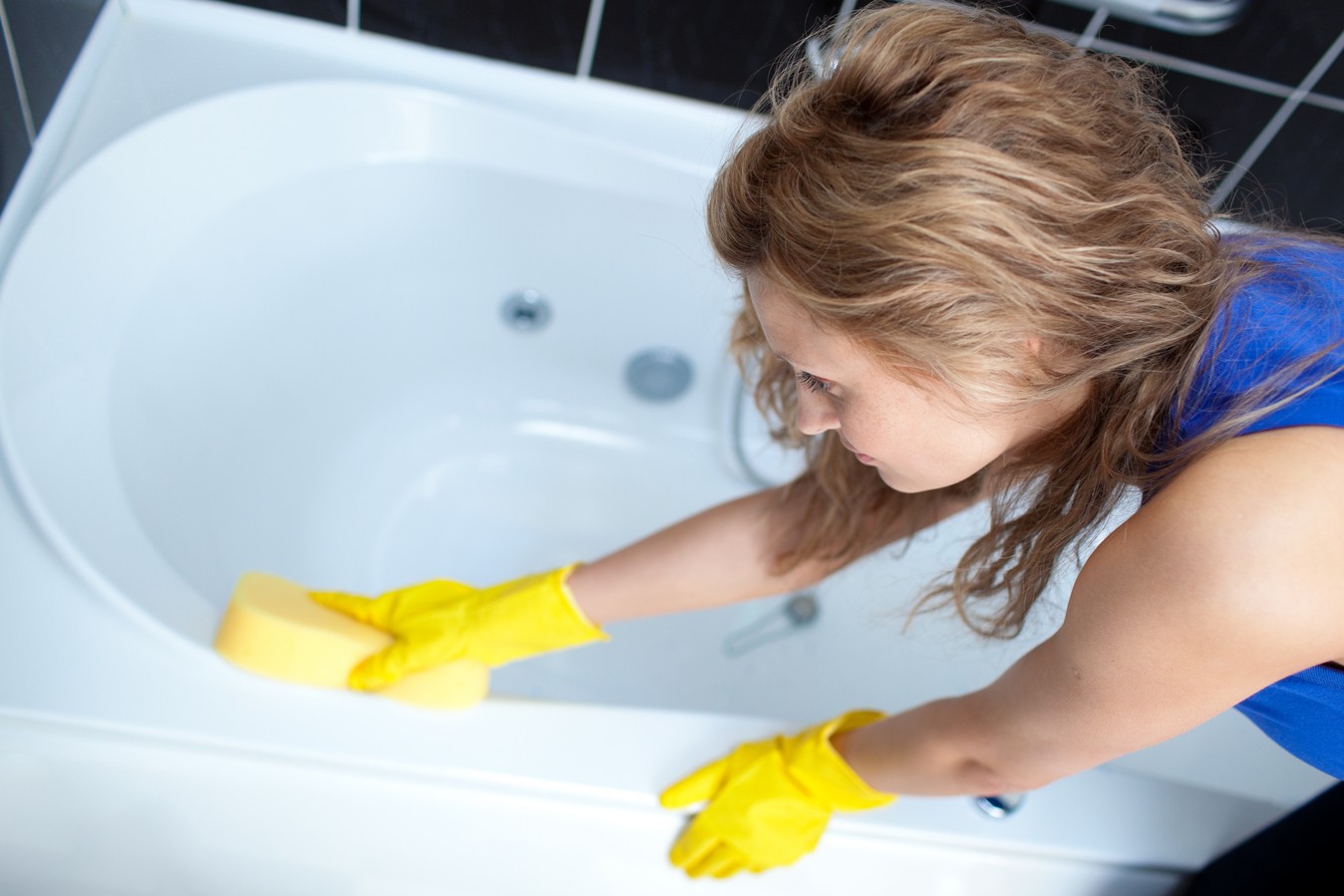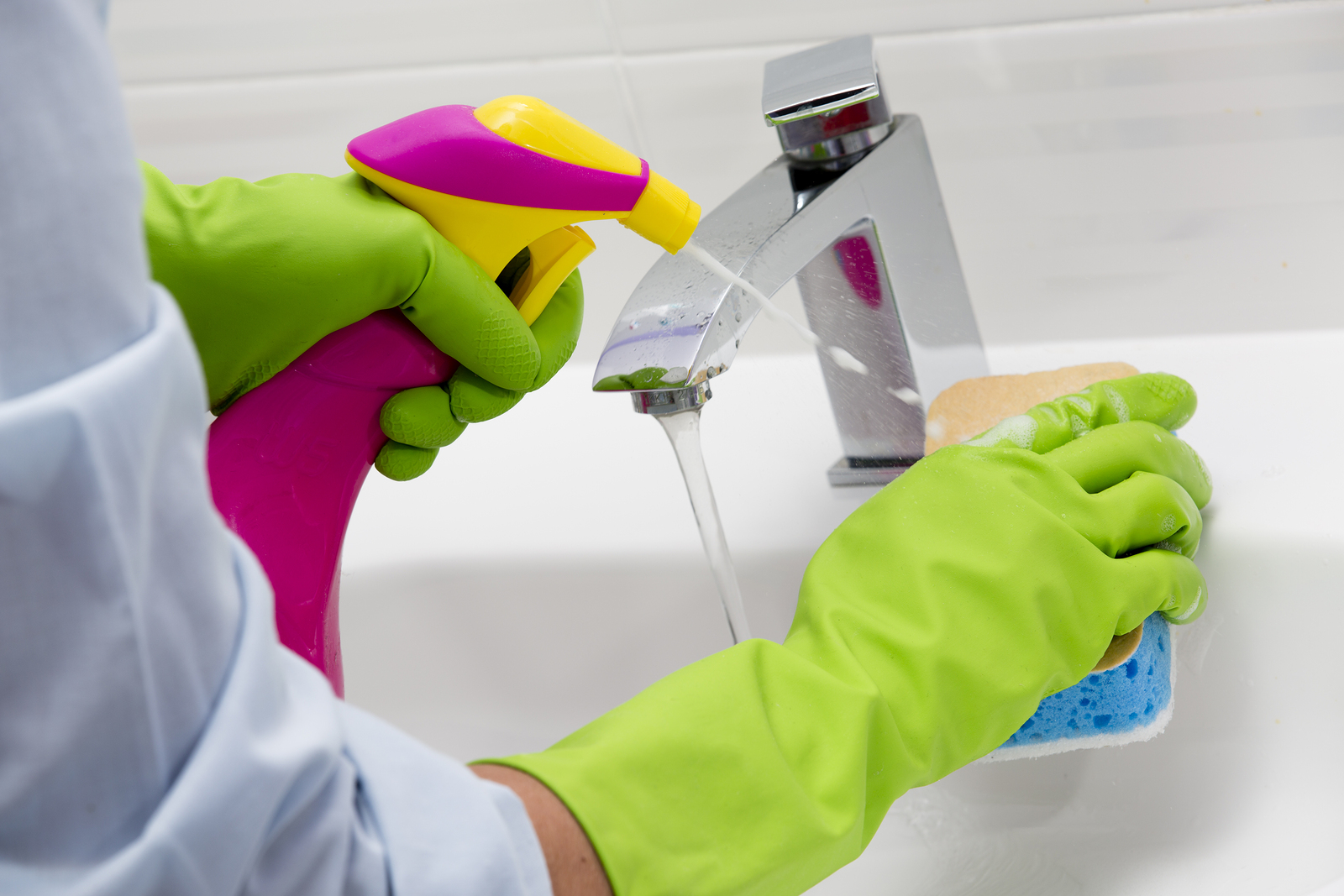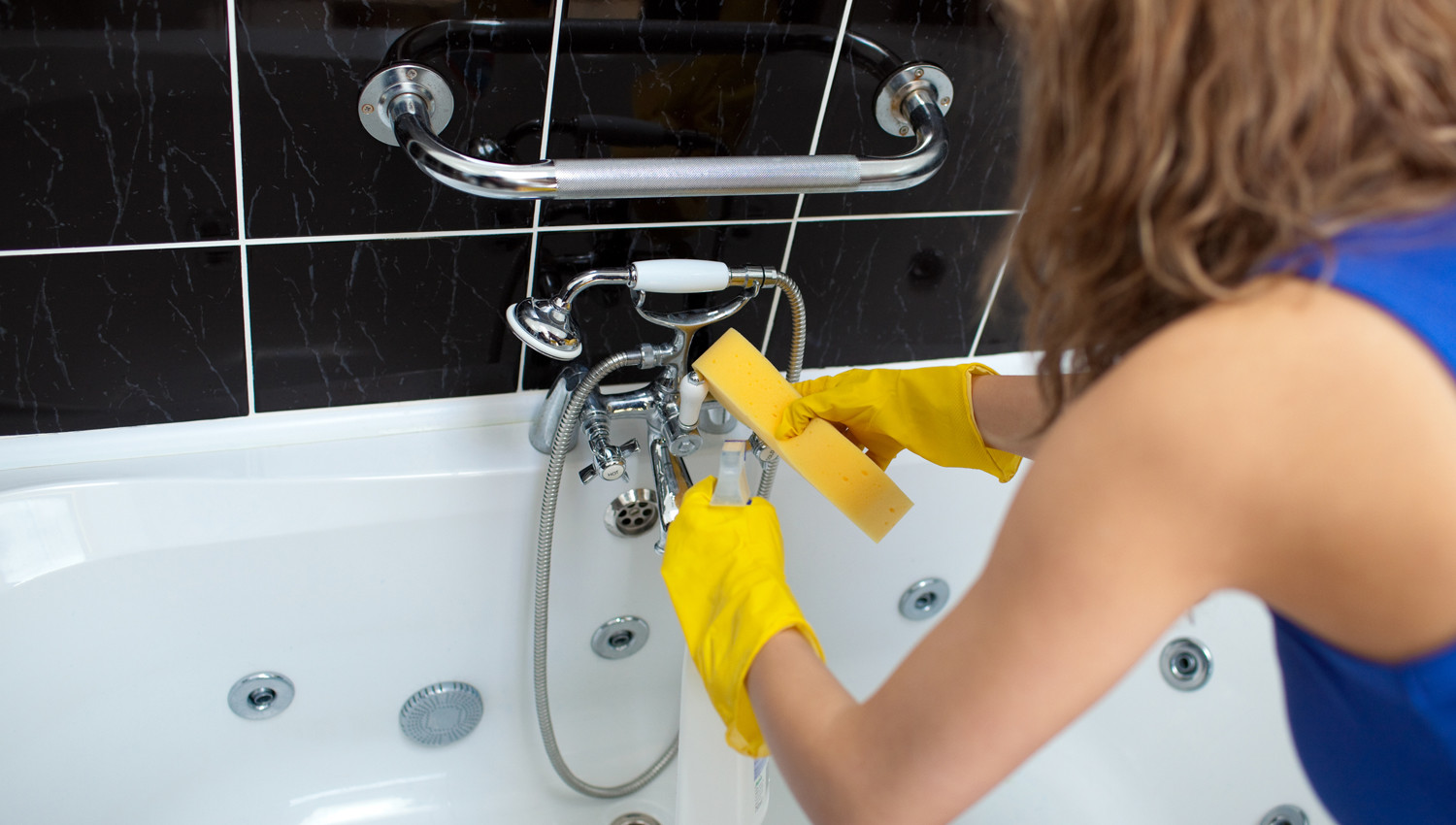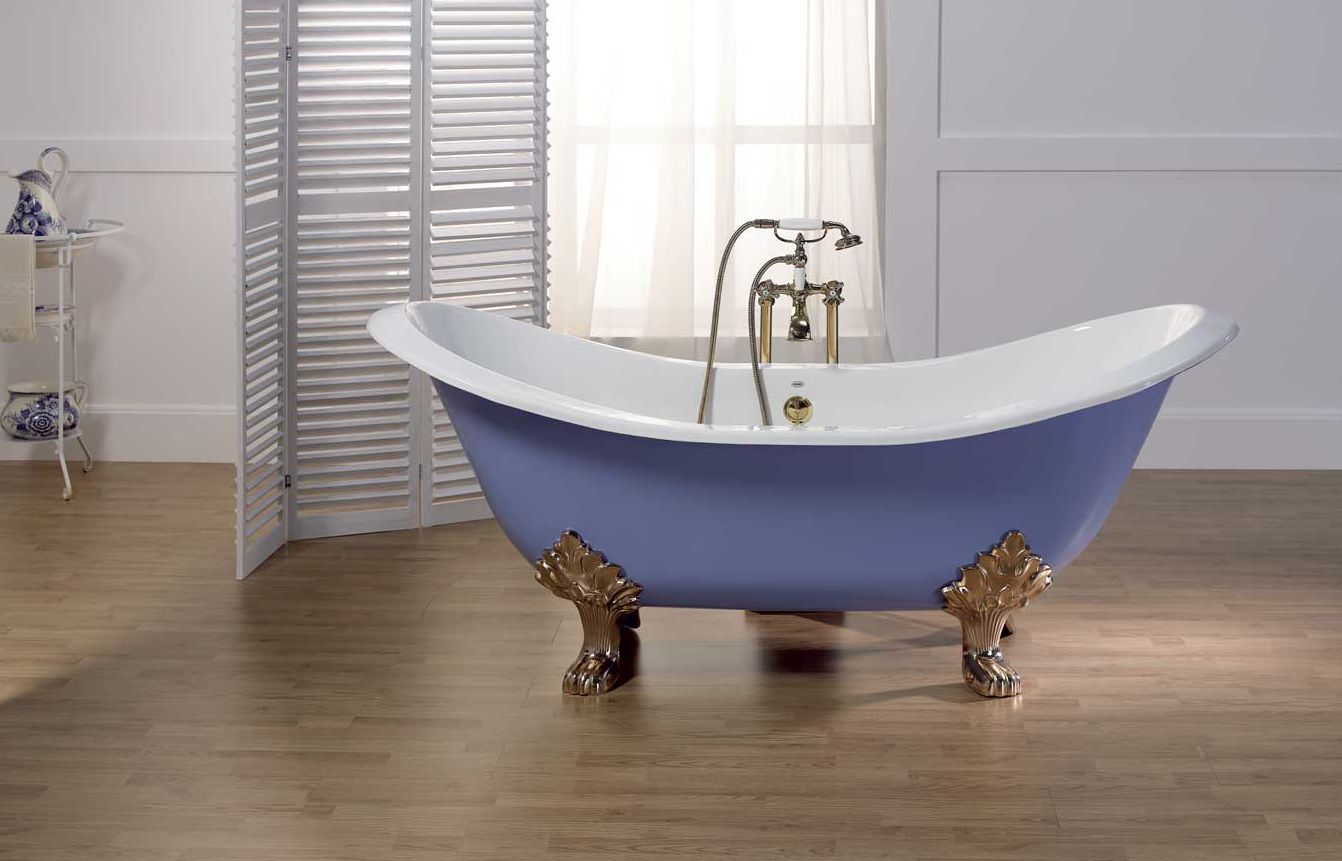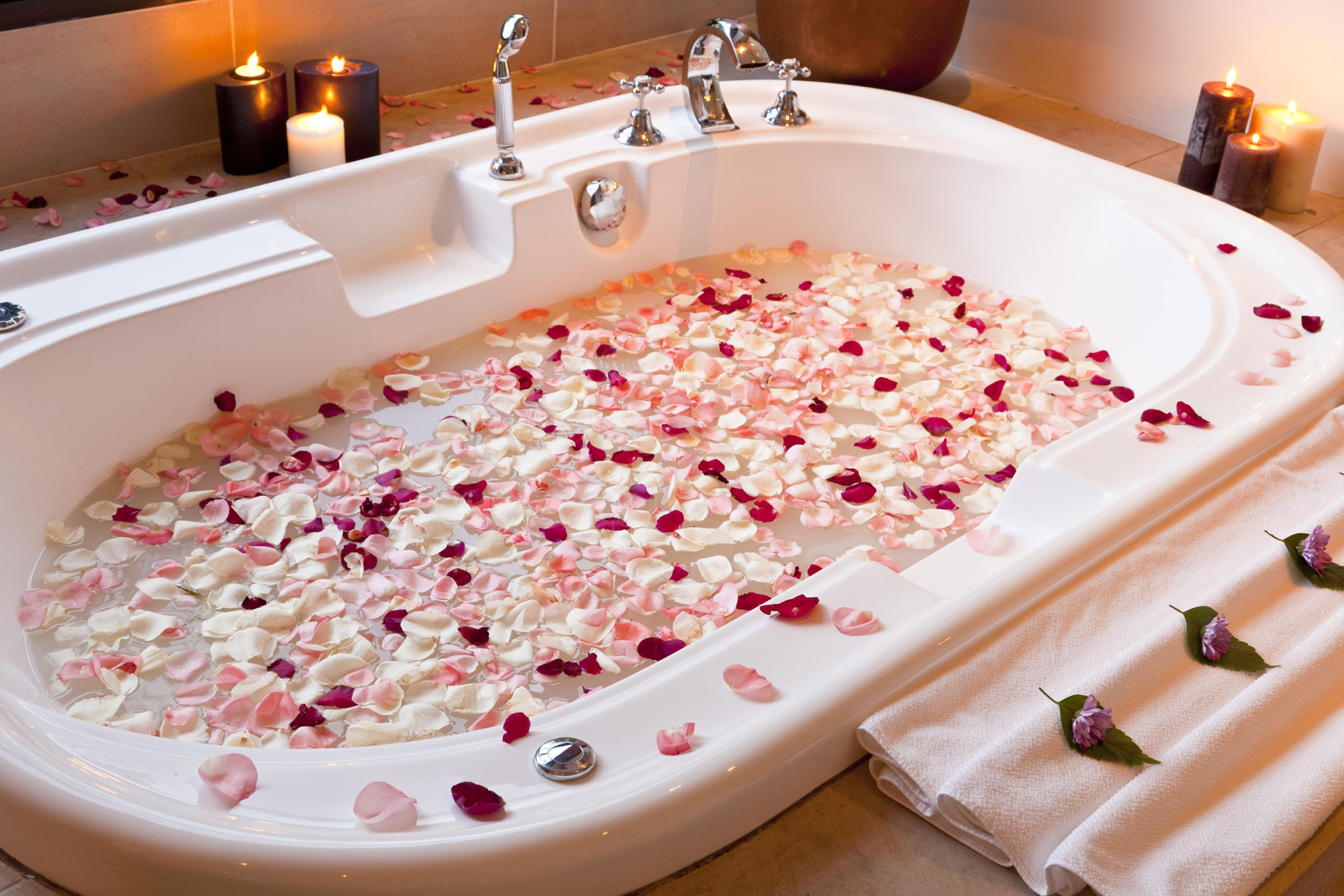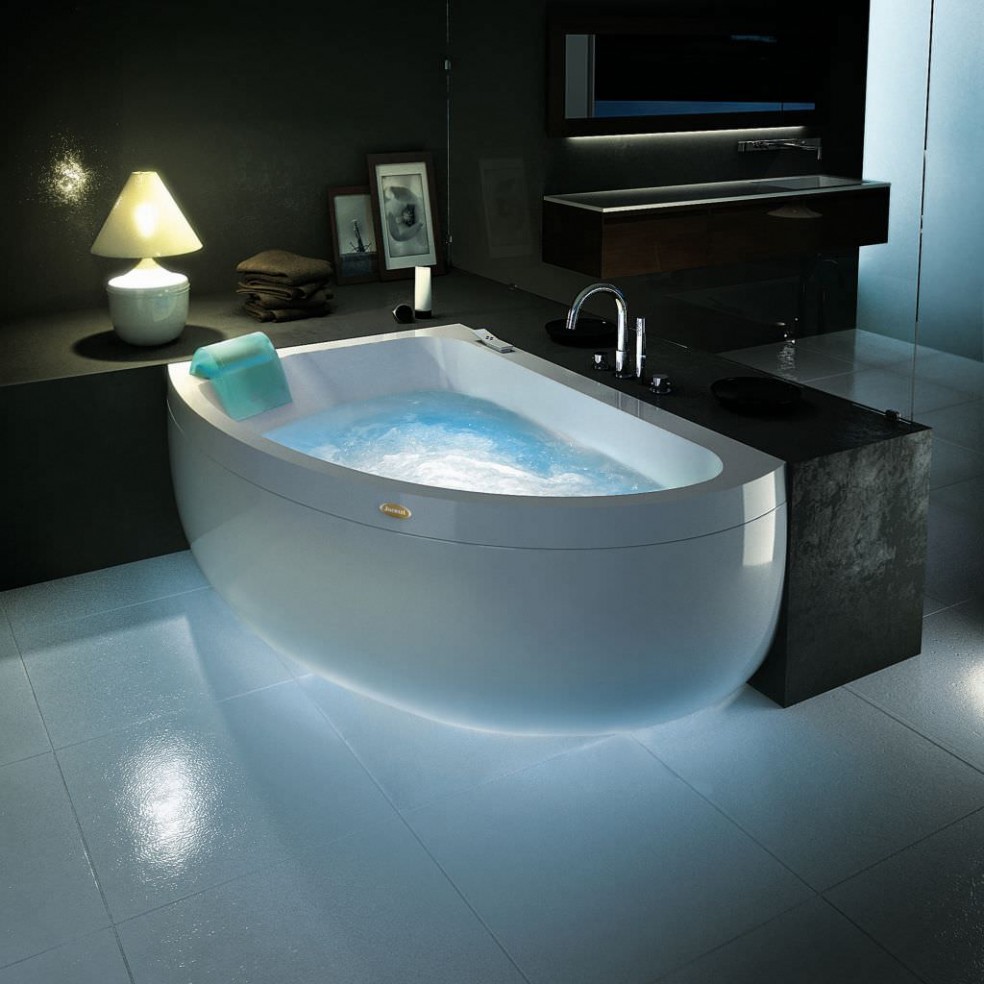How to wash a bath: return whiteness
Content
Unnecessarily a lot of time is sometimes spent on home cleaning. Women are forced to work all week, at the weekend to vacuum, wash the floors and scrub the bath. Therefore, many ladies have a logical question - are there ways to quickly and easily wash a bath so that it shines. This question can be answered in the affirmative - in the article we will consider how to wash a bath using improvised home remedies.
Types of pollution
What you have to deal with when washing a regular bath:
- Mold. Appears in those rooms where it is wet and cool.
- Fungus. Black annoying plaque does not hit the bath surface itself, but those joints where the structure joins the wall.
- Rust. Appears due to poor-quality water that flows from the tap. Pipes that have not been replaced for many years have already rusted fairly inside. It is understood that this rust enters our apartments with water.
- Limescale coating. The fastest-growing and most common form of pollution. Appears due to the fact that tap water contains a fair amount of lime. In those areas and regions of our country where soft water with low calcium content flows, there is no such problem.
What to wash
Consider the simplest and most effective methods of bringing the bath to a brilliant state.
White
This inexpensive tool is a well-known fighter for the cleanliness of plumbing. A clear liquid with a strong smell of bleach was also used by our mothers and grandmothers who lived in Soviet times. In fact, whiteness is diluted with water and prepared for use with bleach. Kills all microorganisms on the spot, whitens the surface of the bath.
A plastic bath is not cleaned with whiteness, since bleach is able to dissolve acrylic surfaces. Another disadvantage of whiteness is that it is a rather caustic and aggressive liquid with an unpleasant odor. Pros: low cost and efficiency.
Acids
These tools do an excellent job with heavy contaminants - rust and plaque. Acetic, hydrochloric, oxalic or citric acid can bring any bath to a shine. However, it is necessary to take safety measures and, of course, do not clean acrylic bathtubs with acidic compounds.
Lemon acid
This can help remove plaque from the surface of the bath. Of course, not concentrated citric acid, but its solution is used to clean the bath. And you should not spoil real lemons for this - just buy artificial citric acid powder, which is sold in the confectionery departments.
The acid is dissolved in water - 1 sachet per 300 grams of liquid - and the resulting solution is applied to the surface of the bath. Then you need to give time for the tool to work. Usually 15 minutes is enough for this. After that, you need to wipe the surface of the bath with a sponge, then rinse off with water.
- Rinse the surface thoroughly after treatment with citric acid so that it does not remain. Otherwise, the acid may begin to corrode the enamel.
- Citric acid is effective in the treatment of sinks and toilets, completely removing plaque from any plumbing.
- Remember to wear gloves when dealing with this caustic liquid.
Domestos
A well-known anti-plaque and rust agent that appears on plumbing.The product is safe and recommended by sanitary services for domestic use. Suitable for cleaning acrylic surfaces.
Vinegar and soda
The combination of these substances that are in every kitchen is deadly for the fungus. It is necessary to apply means in the dissolved state, putting on gloves. Inexpensive household products also perfectly clean old rust.
Enamelled baths
Such bathtubs are most often found in our apartments. They are inexpensive, this is the standard option that is installed during construction in all standard budget apartments. Most often, an iron or steel base is hidden under the enamel. Topcoat requires thorough cleaning and care. Enamel quickly fades and loses its original gloss.
To effectively wipe the enameled bath from stains and plaque, you can use whiteness dissolved in water - this tool will cope even with severe pollution. If the pollution is very strong, then in this case, without means containing acids, can not do.
To clean enameled surfaces, use a rigid foam sponge that does not contain metal inserts. It is better not to use plastic very hard sponges - they can scratch the enamel, which will cause subsequent rapid accumulation of dirty coating on the surface.
Abrasive powders can clean the enamelled surface well, but scratch it a lot. In the grooves remaining after such a cleaning, then dirt will very quickly penetrate again. Therefore, it is better to clean enameled surfaces with liquid products.
Acrylic bath
Modern science is developing rapidly. For several years now, acrylic bathtubs have been present in our everyday life - light and comfortable. Acrylic is good in that you can give it any shape, so the acrylic bath can be anything - round, oval and even ribbed. But most people still prefer the classic oval bathtubs, since the size and shape of the bathrooms for all are almost standard.
How and how to clean the acrylic surface, consider.
Acrylic does not tolerate harsh abrasives. Forget about powder, even washing, and intense friction if you have a plastic bath. Rubbing the acrylic bath with pemolux and go with another cleaning powder, we scratch the surface - and then dirt again gets into these invisible scratches and quickly settles, clinging to the rough surface. Therefore, after abrasive cleaning, the bathtub will become stale twice as fast.
What you can not clean the acrylic bath:
- Acids and alkalis.
- Alcohol solutions are also not suitable.
- Ammonia and chlorine are enemies of a delicate plastic surface.
Products containing caustic components - alkalis and aggressive acids - are also not suitable in this case. Do not clean the acrylic bathtub and the popular whiteness. But you can use this composition: dissolve a little whiteness in water and add liquid soap or shampoo. It is with this composition that it is necessary to clean a delicate acrylic surface. In this case, the sponge should be ordinary foam, and not stiff.
In addition to liquid soap, washing powder can be diluted in warm water, and with this solution to clean the plastic surface. Try to keep the solution fairly concentrated, not weak.
Advice
Useful recommendations for housewives to properly cleanse the bath.
We advise you to be careful when working with aggressive chemicals, especially if they contain acids. Do not forget about rubber gloves when working with acid, and about respirators when dealing with loose powders. Do not lean close to the bath; if possible, do not inhale the powder floating in the air. A chemical burn of the lungs is a thing that seems distant from us, nevertheless it is quite real.
After you have cleaned your bath, it is advisable to wipe it dry with a towel or soft cloth.In this case, calcareous deposits cannot quickly re-form on the surface.
Than to arrange general cleaning once or twice a month, trying to clean already thoroughly contaminated surface, it is better to spend several minutes every day washing the bath. That is, after each washing or visiting the shower, it is advisable to wipe the surface of the bathtub - in this case, a general exhausting cleaning may not be needed for a long time. And the top cover of the bath will last much longer without damage and chips.
